Fresh Eyes Cuba: A Deep Immersion and Cultural Exchange in Havana
The Fresh Eyes Cuba students shared candid statements on what they expected before traveling to Havana, Cuba for 10 days of immersive field research, as well as reflections on their educational journey after the 14 week studio course culminated with a powerful final exhibition.
Student Statements
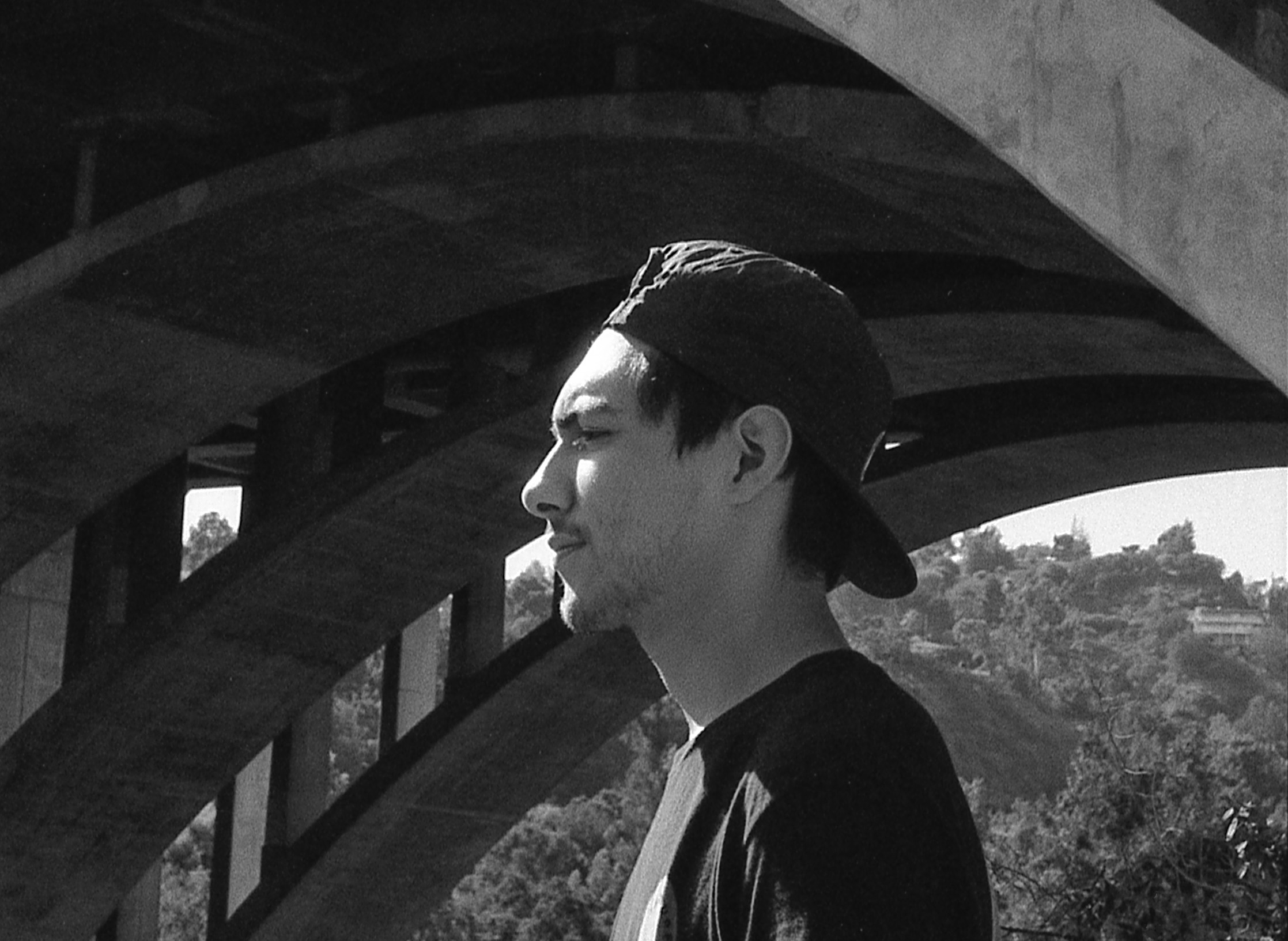 close
close
Ricardo Imperial (Graphic Design)
Read more
BEFORE First off, I want to express my deepest honor to be a part of the Fresh Eyes Cuba program. I could not be more excited to be with such a diverse and talented group of individuals and I hope that all of us (US and Cuba) can create a deeper meaning of connectedness with this class. Being the first of my immediate family to attend college, I’ve always been inspired to inspire—I want not only my family, but my peers to envision my visions of what I’ve experienced through my education and explorations. Through this trip to Cuba, I want to show them how we humans are not much different from the other individuals on this planet. No matter how far of a distance or cultural background we have, I want to share the idea that we are the same. We could and should be united. We are one. With this new relationship to Cuba, I want to help spread the idea that no matter how different our cultures are—no matter how far a a part we are—we all share a common vision. I’m not 100% certain what this common vision will be, but I hope for it to be revealed once I have these new experiences on Cuban soils. I don’t know what to expect, but I hope that I can view life and others empathically and with a new understanding. AFTER This trip was my first experience outside of the United States and I went with no expectations other than to go with the flow. I can honestly say I came back with “fresh eyes” because I lost my cell phone in Cuba. I hadn’t backed that phone up for more than a year and I lost a year’s worth of memories, both personal and for my career. It was sad losing all those memories, but in an interesting, almost comforting way, I felt thankful. It was good to release those memories and liberate myself from that technology. In Cuba, I felt such a sense of being present because you weren’t constantly on a cell phone or social media. I remember being outside experiencing all the slightest little details – seeing a women drying her clothes, hearing kids playing in the park – and thinking, ‘How beautiful this is.’
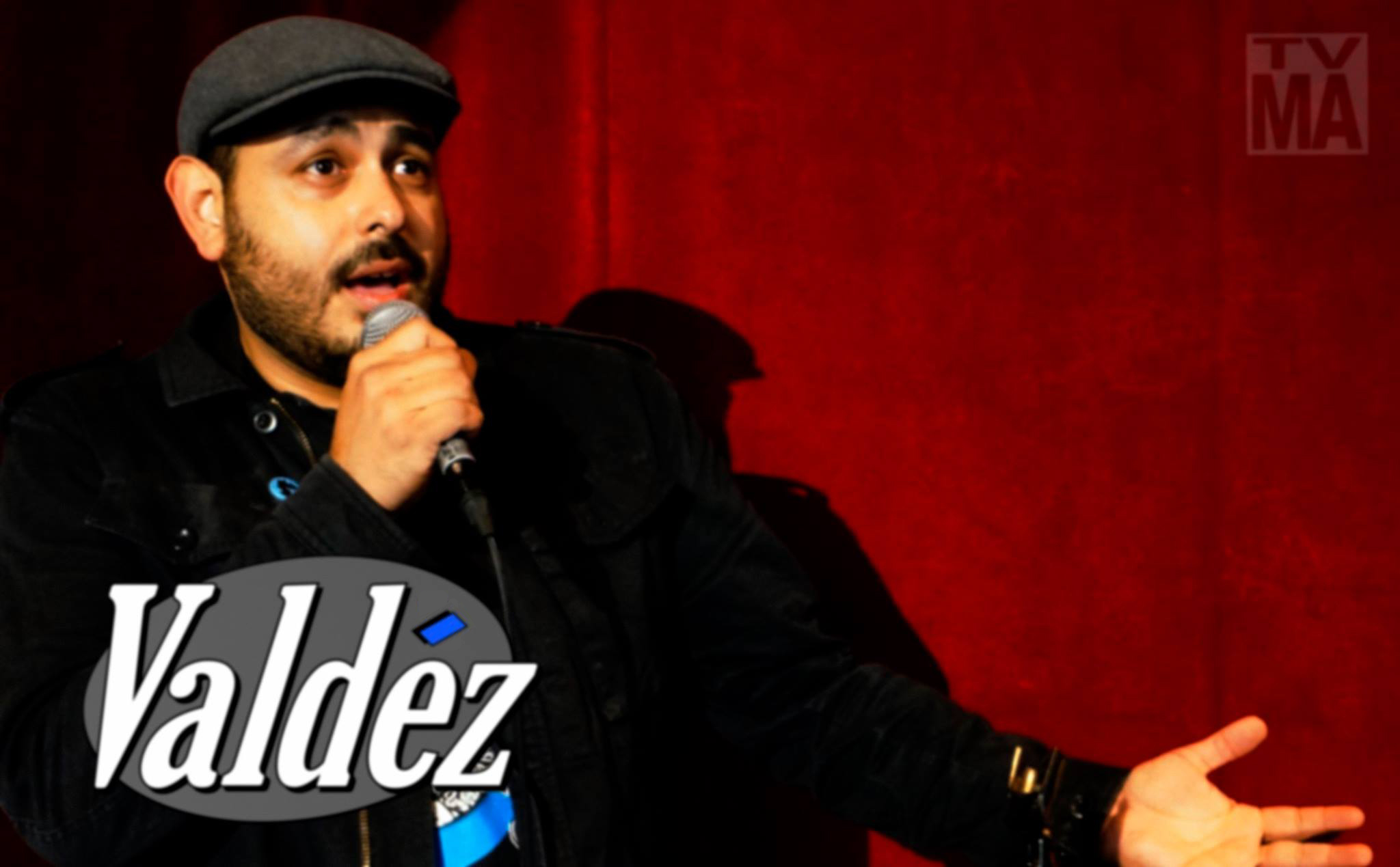 close
close
Eric Valdez (Graphic Design)
Read more
BEFORE As we all know by now, Cuba is presently undergoing a historic change due to its improved relationship with the United States. Because the two countries have re-established ties, the old perception of Cuba – a tropical paradise with one foot planted firmly in the past – may not be around for much longer. I’m thrilled to have the opportunity to be a first-hand witness to the early stages of a transition from the old Cuba to what may be an entirely different country. The opportunity to witness this change as more than just a tourist is both an honor and a privilege. We will be fortunate enough to engage with fellow design students who, due to the rise of entrepreneurship and the improved relationship between our two countries, have the potential to shape the culture of a country that may become a noticeably different place due to their influence. At the very least, we’ll be present during the start of a creative movement and by the end of our time there, we’ll be colleagues with its founders. That’ll be like being present for the start of Dadaism and De Stijl. If we’re lucky, we’ll get to make some history of our own. AFTER I discovered a richer sense of what it means to be of Latin American descent. Here in Los Angeles, I know what being Latino means, but being Latin in Cuba, where various Latin American ethnic groups live side-by-side, presented interesting nuances to me. I was really able to see all the commonalities between Latin countries and feel a deep cultural connection and bond. Looking back at what we accomplished in Cuba, we did, in a small sense, make history, especially for ourselves. We were one of the first American schools to do a collaborative project with Cuban design students. We represented the United States and we made lasting friendships. We realized that there is so much more history left to be made. I cannot wait to go back. I want to work with people like the Cuban students we met; their energy, enthusiasm and innovative was infectious.
 close
close
Luisa Betancur (Film)
Read more
BEFORE Before coming to ArtCenter, I was able to experience and see how capitalism, internet culture, social media and the film industry in the US had an influence in my native city Medellín, Colombia. This wave of globalization driven by the media of first world countries, has affected many cultures around the world and younger generation’s values and identities. However, in the last few decades, Cuba has kept itself so far from this that I can’t help to wonder how their isolation has impacted people of all ages; the way they think, live and relate to their cultural identity. I’m interested in learning about Cuban’s relationships and views on politics, and hope this experience will help me reconsider how these define and shape our lifestyles, identities and ideals. In this historical moment, I’m also intrigued to hear Cuban’s opinions in regards to their future, now that the diplomatic relationship between them and the US has been reestablished. I’m excited to learn from their unique up bringing and have discussions on how they view the world and perceive themselves in relationship to it. Cuba’s past lingers so much in the present that I can’t wait to experience it, learn from it and hear from it’s people how they believe it has made who they are today. AFTER Maybe it was the lack of Internet or TV broadcasts, the hot weather or the culture in general, but people were always out on the streets in Havana. You saw people in windows, on balconies, aware of the city and each other. They weren’t hooked up to the Internet or living their lives through screens like we do. I was happy to be in that environment, but I had a conflict of having a camera in my hands the whole entire time. As I stepped into the role of filmmaker and designer, I realized how much distance cameras separate us from our subjects. We look out, but we are not being in. This experience made me think deeply about the relationship between tourism and the people. Like so many other countries, Cuba’s economy certainly needs tourism. How can we travel and document what we do as artists when we have barriers like cameras?
 close
close
Viviyan Zoechling (Graphic Design)
Read more
BEFORE For me, getting the opportunity to travel to a nation that has been so tucked away from the modern world is a chance to refocus my perspective as a designer and as a U.S. citizen. Even in a time when seemingly limitless design possibilities exist, I feel that revolutionary ideas still get caught up in small-scale technicalities, whether they be material viability, printing practicality or product sustainability. Similarly, even though we live in country of freedom and safety and maintain lifestyles with a high level of comfort, I feel that this comfort and safety is often taken for granted. Going to Cuba and getting to not only witness but immerse myself in a functional culture that has needed to think beyond limitations and challenges is the perfect opportunity to remind me to think big when options seem small and to apply that mentality in both my design and within my everyday lifestyle. AFTER I didn’t realize how big an impact visiting Cuba would have on me. It was such a world of difference and there’s nothing any historian or visitor could say to prepare you for that things would see, hear, feel, smell and experience. It transcends paper. I came back having a greater sense of responsibility to push sustainability in my products and designs because of witnessing how scrappy Cubans are about their limited resources. My comfort zone certainly expanded working alongside the students. I was forced to, whether I liked it or not, accept the way things were. As soon as you think you understood what was going on, the next day something would happen to prove you wrong. There was no rhyme or reason. So you adjust into a state of “content confusion.” You accept the fact you are confused and use that as a learning resource.
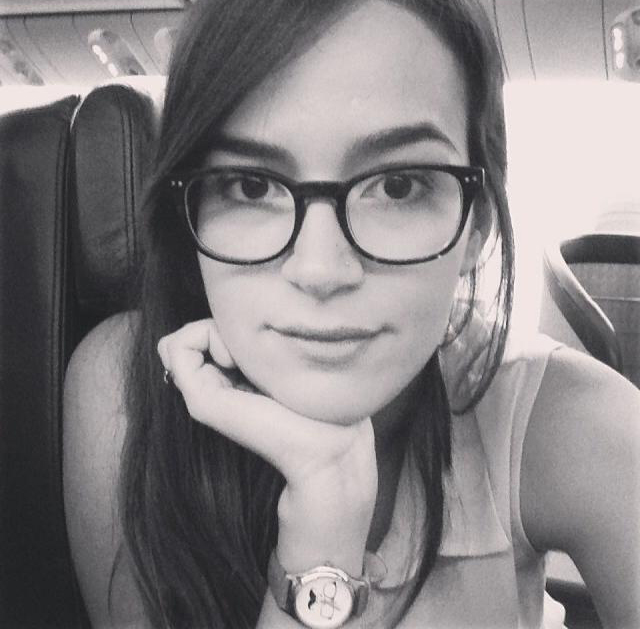 close
close
Tais Ghelli (Graphic Design)
Read more
BEFORE Growing up in Rio de Janeiro, Brazil, allowed me to experience first hand how politics affect a city and its inhabitants at all levels, micro to macro. Not only was I exposed to different social groups having unequal access to resources, but also to how this disparity – paired with the richness of the native culture – influence people's behaviors, hopes, and dreams. I strongly believe that Brazil and Cuba share many similarities, such as the role our original cultures play in shaping our identities, but I am especially interested in immersing myself into the Cuban culture and learning about how people – young and old – conduct their lives in a place where culture remained untouched while time passed at a special pace. The lack of influence from the world's powerful nations allows for the study of Cuban life to be as raw as it can get, and I believe the rawness and truthfulness of this experience will work as a mirror in my life, not only revealing who I truly am but also exposing me to the person I want to become. AFTER Before going to Cuba, I was hoping to discover the rawness of an experience that would reflect where I am in my current life. And I found that in the young people and their desire and excitement for a new future. The Cuban people are very proud of their culture and history but I felt the gaps between the older people and the young. There is a longing for all the things that the revolution planted and the beautiful ideology behind it. But the younger generation is eager for a change. They are so open to show the world the real face of Cuba, beyond the revolution and the history of the past. When I was with the Cuban students, we looked at each other with the same eyes. Their willingness to connect and share their human qualities changed me. I saw myself in them and their dreams for a better tomorrow.
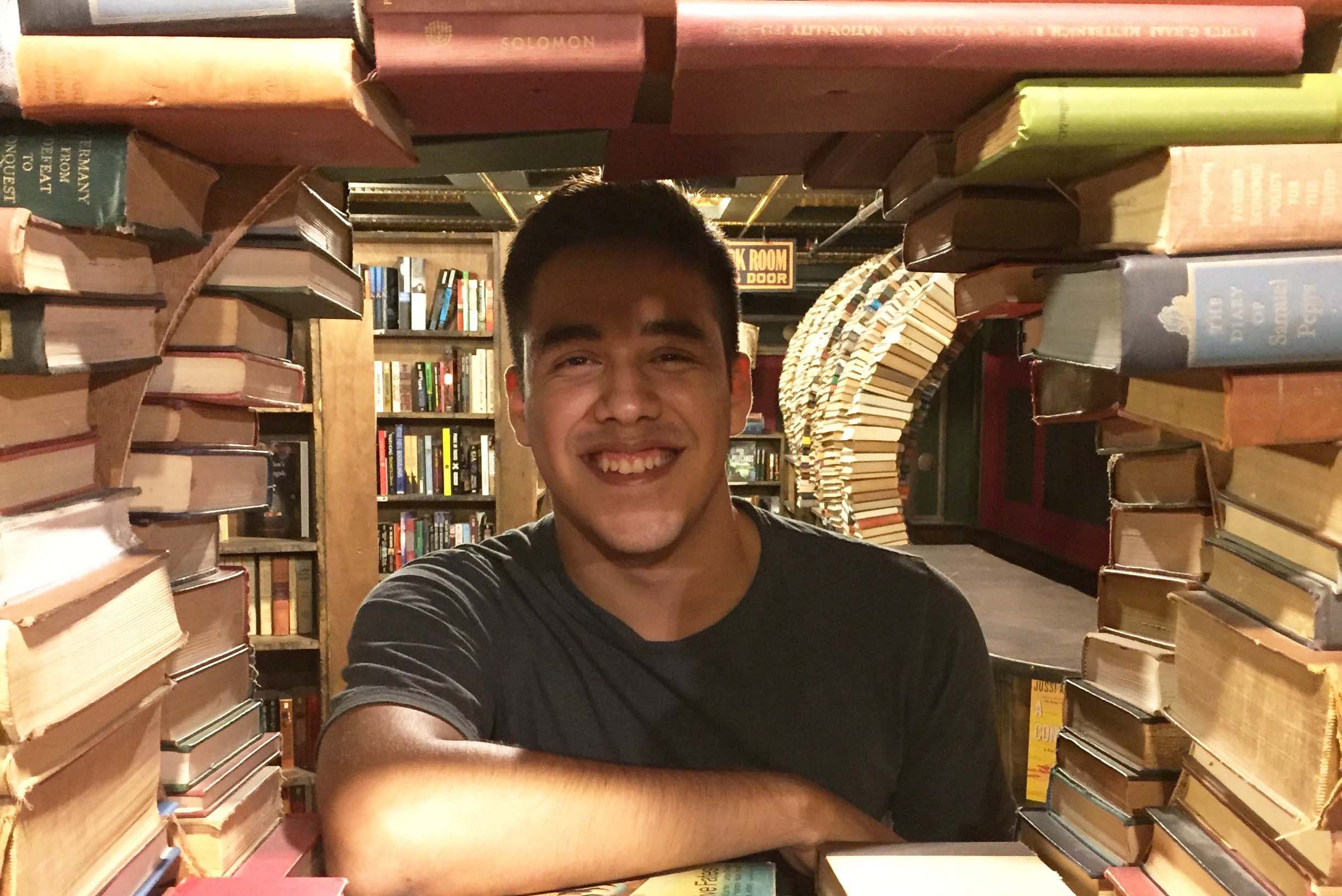 close
close
Isaac Ruiz (Graphic Design)
Read more
BEFORE I’m not really sure what to expect from this experience in Cuba. Having been born in the USA and living life comfortably, I know that Cuba is a country suspended in time, having to rely on limited technology, living in conditions that most people my age would never encounter. A part of me is curious to see what has happened in the last 50+ years since the last time an American stepped foot on their land, what would the air smell like? How would the architecture fare, having not been touched but instead left to decay? What kind of dialect of Spanish will they speak? Coming from a Mexican background, I know that there are many different Latin cultures and although some are similar, most are different, same goes for Cuba. As a communication designer, I was taught to take things and make them easier for people to understand, Cuba would let me experience it firsthand and then give me the opportunity to translate what it meant to me, to share it with others and not make it easier to understand but to open peoples eyes to the reality of Cuba, the way they live, the way they communicate, eat, dress, dance, celebrate, etc. Lastly, to be able to share the culture of America and of Los Angeles where I was born and raised with the citizens of Cuba, and exchange meaningful conversations and hopefully establish a lasting friendship with these people is the greatest experience to look forward to. AFTER While in Cuba, I was keenly aware of my surroundings – more than when I am here in America. You had really no choice since you weren’t hooked up to a phone or a screen. I really had to pay attention, and that’s something I’ve been trying to incorporate in my life and design-sense since I returned. When out walking the streets in Havana, I remember looking deeply at the different kinds of people, noticing their faces, their clothing and the way they walked; I also noticed many buildings being razed and new construction taking place. Even when I visited the Cuban National Museum, a place that houses the rich history and culture of Cuba, there was construction. Everywhere we went, it seemed that something new was being built – and I think that’s a great metaphor on the current state of Cuba and its people.
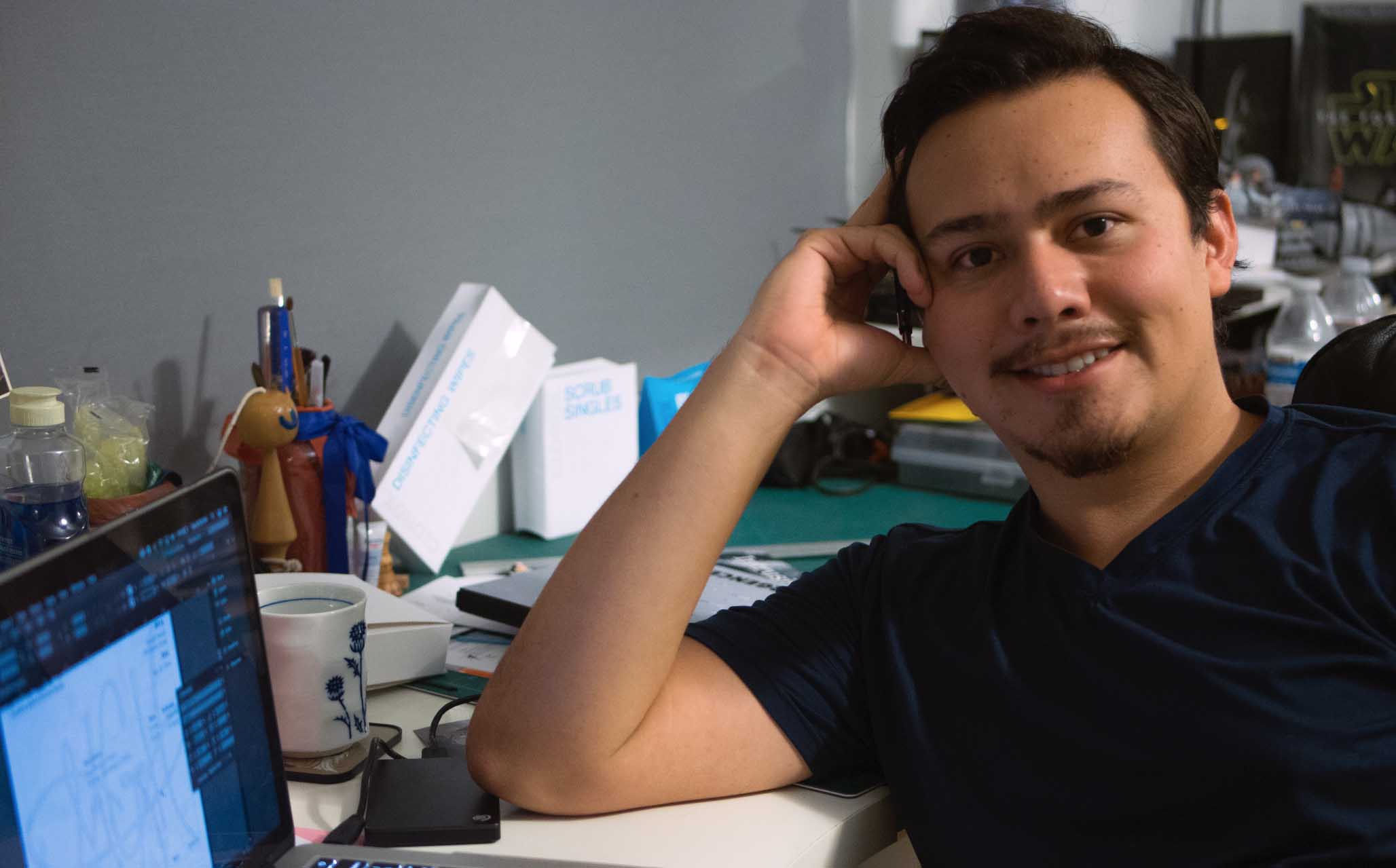 close
close
Matthew Gabriel Herrera (Graphic Design)
Read more
BEFORE During my third term at ArtCenter, I designed a book based on the idea of imperialism, that dove deeply into the idea of American intervention in Latin American countries. As an American citizen, I grew up learning about the generosity of our nation. However, as the son of Latin American immigrants, I grew up learning about the lesser known interventions that, in some cases, completely halted the development of other nations for the benefit of our corporations. Fresh Eyes Cuba is an opportunity to continue exploring the material I began in my third term, but from a perspective very few people know. This program will help me further develop my abilities as a communication designer, but most importantly, allow me to grow as an individual person. Having been born and raised in the United States, I have not struggled with limited resources the way that my parents did. To be able to visit Cuba, and experience first hand what it is to live with only the basic necessities of life, will give me the insight into how modestly my parents were raised, and allow me to better appreciate the things I take for granted on a daily basis. I am truly excited about being given such an amazing opportunity, and I cannot wait to take full advantage of it. AFTER Because of my interest in imperialism, I was expecting to see unhappy people in Cuba, and while you do see a lot of boredom, many more Cubans are full of vibrant energy and are very positive about the future. They are censored to a degree, but not oppressed as I originally thought. Coming back, I’ve developed a stronger sense of looking at political issues through a humanitarian lens. I had beautiful conversations with brilliant people in Cuba and got to know so much more about their culture, even though I know I just scratched the surface. There is still more to learn. Like so many of us, I continue to communicate with the students, sometimes daily, about what is going on with their lives and the bigger picture of where each of our countries are going. The Cuba experience still continues. It’s not done.
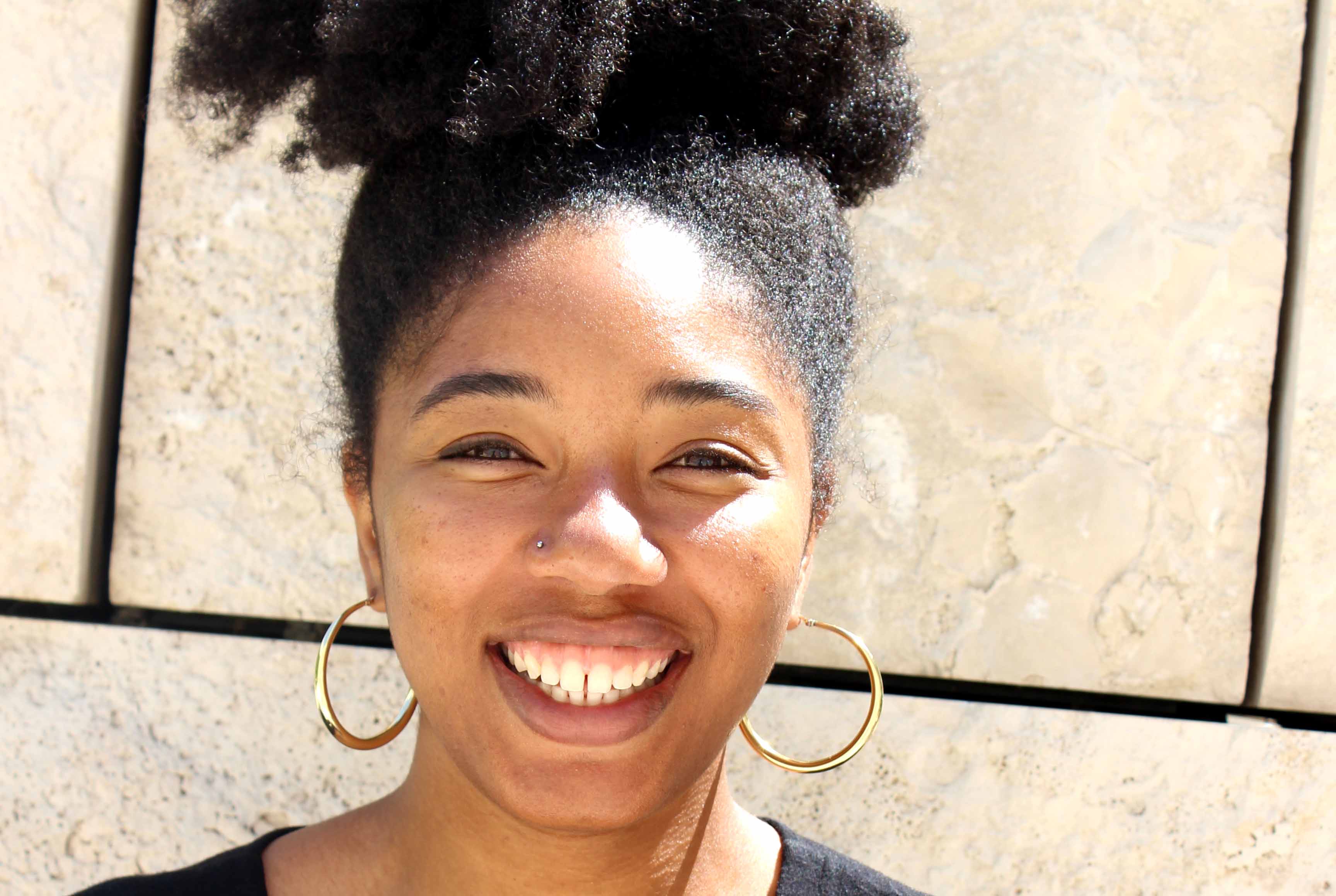 close
close
Grace Haynes (Illustration Design)
Read more
BEFORE Traveling to Cuba would be an incredible experience at this present time in history. As someone who takes interest in social issues, I feel like Cuba would be the perfect place to explore how design affects our view on politics. Traveling to a country with such a dense and rich history would greatly impact not just my design, but also my outlook on different lifestyles. We don’t know when or if Cuba will close their borders again so this is a rare opportunity to learn from the Cubans. For the 10 days that I will be in Cuba I would love to learn about the people, and how the current political state has affected their life and perspective. Since the reopening of the borders, I am well aware of how our presence will affect or change their perspective on Americans. I would love to explore the gap between the U.S and Cuba, and how I can utilize design in that gap. I would also love to explore Cuba’s large population of Afro-Cubans, and how African culture has inspired different cultural phenomena’s such as jazz. AFTER There is such a difference in the way that Cubans and American approach design. The Cubans design their lives; design is a lifestyle and not just a career. They view design as a resource and a means to survive. Seeing objects and design with fresh eyes to me means imagining beyond the traditional, which is what Cuban design is all about. The experience of being with the Cuban people reminded me deeply to appreciate the simplicity of life and to incorporate that in my design-sense and daily life. There is a beauty to things that have been used, or used in different ways. I also appreciated how they embrace outsiders. The Cubans were so warm, friendly and enthusiastic to get to know us. I would like to extend that genuine sense of hospitality and cultural exchange whenever I can.
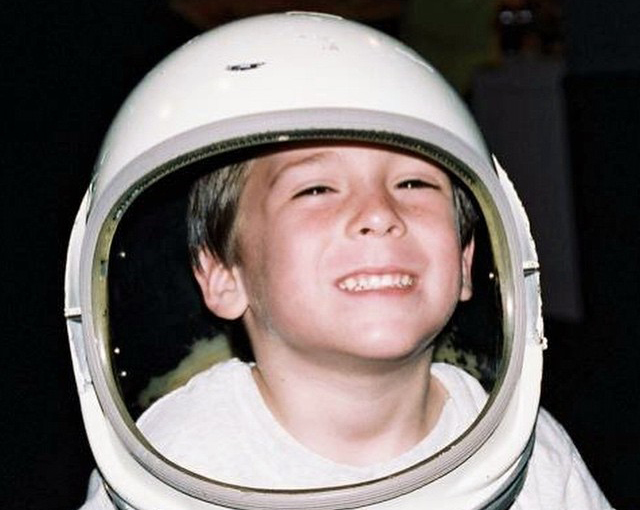 close
close
Nico Ramirez (Product Design)
Read more
BEFORE As most South Americans, I grew up hearing about Cuba often. A place depicted with so much pride and heritage through snips of media that have come afloat throughout my life. I was introduced to Cuban literature in my teens with the poems of Nicolás Güillen, and I’ve been fascinated with the creation of modern Cuban music outside the island like the French/Cuban group Orishas. I want to be a part of Cuba in this historical moment because of the pure essence, raw talent and creativity that exists. We live in an extremely globalized world, where we see and share everything. This globalized economy has provided amazing growth and development, but has also caused many cultures to become homogenized in the way they express creativity and more tragically in the way problems are solved. Cuba doesn’t currently face this problem, and I’m excited to see how the relationships to come will influence us to learn from a culture that truly relies on creativity to live. I’m intrigued to see how the diplomatic relationship is reestablished and a small country with so much to offer starts breaking the trend of globalization and inspires developed nations with true ingenuity and innovation. AFTER Before the trip, I had a preconceived notion that the Cubans, especially the designers, were untampered by homogenous culture, that they approach design in a completely unique manner. That was not it at all. They have so much influence from the West; they use the same design techniques and programs we use. They get the same design inspiration like we do from design blogs, television, movies, etc. They are heavily influenced by the same kind of Zeitgeist of design that I am. Yet they don’t have aspirations to be us; they like their differences and who they are. Probably my biggest takeaway from Cuba is the power of disconnecting from technology. I found that without a phone, I was talking more to people, touching things, smelling things. I was actually eating food instead of photographing it. It was an amazing realization.
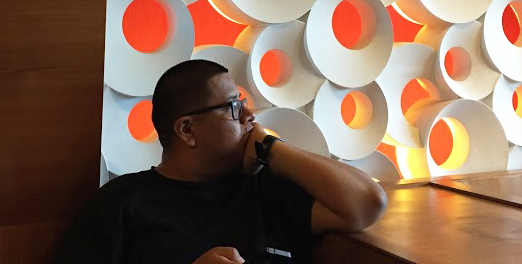 close
close
Michael Rosales (Graphic Design)
Read more
BEFORE As a Latino who grew up in Los Angeles, I have been lucky enough to learn about different cultures from Latin American countries, except for Cuba. So for me it’s an exciting opportunity to immerse myself in a new country that I don’t know much about. By visiting a country like Cuba that has a lot of history and creativity will allow me to learn more about myself as person and as a designer. I think this is the perfect time to experience Cuba because it still hasn’t been affected by tourism; they haven’t been forced into losing some of their culture in order to please tourism. That means we will be able to see an authentic and cultural Cuba, and get a true experience of an unforgettable country. During our 10-day visit to Cuba I look forward to learning as much as possible about their art, food, music, culture and design. Also seeing what similarities and differences we share as a Latino community that comes from different political and economical background. As a curious person I can’t wait to visit and explore Cuba firsthand. AFTER I really wanted to see an authentic Cuba, and learn about the culture. I didn’t want to go to a place that was full of tourists, but when I was there, I learned that tourism is a big part of the Cuban culture and they need it to survive. That surprised me. When I returned from Cuba, I realized that Cuba is influencing my artwork and design direction, not just in this studio but in the classes that I am taking. I notice a Cuban feel in the details, the little touches, the small things. Ten days in Cuba was a huge event in my life. We all experienced something together and became a family as we supported one another in our work and play. The Cuban students were inspiring; they don’t let limitations stop them. I’ll carry that lesson with me for the rest of my life, as a designer and a person. Always find a way to get the project done, no matter what. There is always a solution.
 close
close
Suyu Ren (Interaction Design)
Read more
BEFORE As a person that grew up in China which is also a socialist country, I have been always amazed about Cuba and have found a lot of things I can relate to. Living in the United States gives me the opportunity to observe my country as an outsider. Now with various perspectives I gathered from China, the US, Europe as well as South America, I am extremely excited to see Cuba at this revolutionary moment. Cuba has a unique native culture and it has always been on my bucket list. I like to joke that I would love to go to Cuba because it is one of the very few countries that I don’t need a visa as a Chinese citizen. However, this very moment is so different and will be a special period in Cuban history. It is a great opportunity for people who are interested in cross-culture communication. It also reminds me of the big changes in my life in China. The government and policy reform since opening-up since 1979 has influenced the development of Chinese culture, politics and society greatly. I can imagine the change of Cuba will be extraordinary as well. The impact from the importing culture will strike, challenge, mix and reform the life of Cubans as it did to Chinese. AFTER This trip to Cuba continues my personal journey to experience international cultures and travel as much as I can in order to be a better informed designer and person. On this trip, I compared cultural similarities and differences. The way the Cubans cook reminded me of how we cook in China using similar ingredients and preparation methods. Also, seeing domino tables set up on the streets and people playing in the open reminded me of my family’s love of playing mahjong. The differences were also enlightening. In China, you see faces worried about the future, worried about the government; they complain a lot. In Cuba, they always seem to look on the bright side, smile and dance more, even though many experience significant poverty at a greater extreme than the Chinese. They are making the best with what they have. That attitude is something I want to carry with me as I move forward.
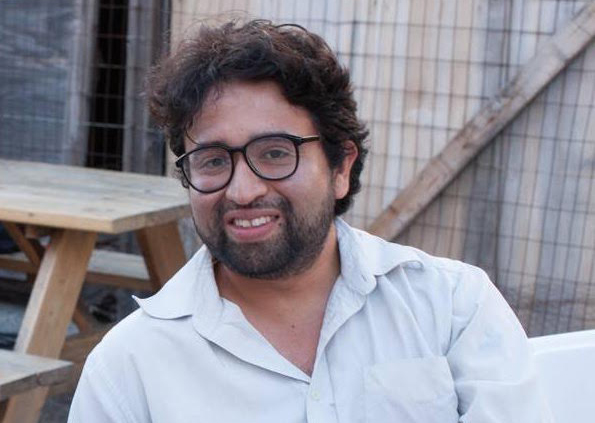 close
close
Victor Artiga Rodriguez (Fine Art)
Read more
BEFORE Having lived almost all my life in El Salvador, Cuba has been a topic that comes up often in political conversations. During turmoil of the civil war, many viewed Cuba as a symbol of resistance and hope against the established power structures. I have a keen curiosity to experience what life outside of the usual norms means and how this serves as a creative input for artist and designers. We are somewhat detached from the creative opportunities that can arise from interacting in a system where over-abundance, over-production and consumerism is not the norm. Our visit to Cuba comes at a historic time. With no doubt, the reestablishment of diplomatic relations with Cuba will bring a whole series of opportunities and changes that many have been requesting for a long period of time, but in some way it might also imply the periodic loss/change in a culture that has been closed off to the advance of late capitalism that is so overwhelming in our society. I feel honored and fortunate to experience Cuba at this particular time. AFTER It didn’t feel like we were gone for 10 days; it felt like 10 years. We were fortunate to be in Cuba when we were, because things could change between the U.S. and Cuba in the near future. Our political conversations in Cuba were full of contrasts. Cubans are proud of the revolution which brought them free health care and free education, but they also want access to the Internet and a robust economy. They look to the West, but they don’t want to lose their identity. As a fine artist, I was impressed at how art is infused into their society. They have a rich exposure to an abundance of theatre, film – more than we have here. Since art is sponsored by the government, artists don’t have to worry about the commercial value of their work. In some ways, they have more freedom to create than we do.
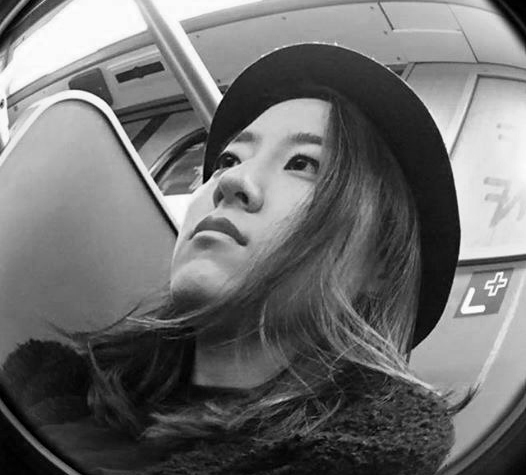 close
close
Yeun Kim (Graphic Design)
Read more
BEFORE 50+ years of blockade from the United States does not sound so foreign. My rival yet brother country in the North (Korea) has long been an isolated world. While Cuba’s opening its doors and accepting change, what is this brother doing? I do not know, but I’m ready to go see how changes are being made in Cuba. This is such an important time for Cuba, and for us who will be flying there soon, because whatever we witness may no longer exist in years to come. Before everything reforms, I am grateful to be there to see what kinds of lives Cubans have decided to take in order to express themselves in a country so limited and controlled (Especially artists and students like us). Now everyday seems like a new history for them — new embassy, new hotels, new commercial flights, etc. I do not know what to expect in Havana, but I am happy to join the history. AFTER Since I grew up in Korea, I wasn’t as familiar with the Cuban history as Americans are. But I do know about North Korea and how that country, so close to us physically and culturally, was really so far away because of their government. I was very excited to meet the Cuban people who would put faces to the history of a place that’s been off-limits for so long. I saw Cuba through the eyes of the students who were bright and smart and ready to do something exciting in the world. They were so connected to what was going on in the world – events, movies, news. They were more updated than I was. Their enthusiasm made me think about how often I complain about school work and projects. I imagine them having access to all the technology that we as students have here. They would be overjoyed and overwhelmed.
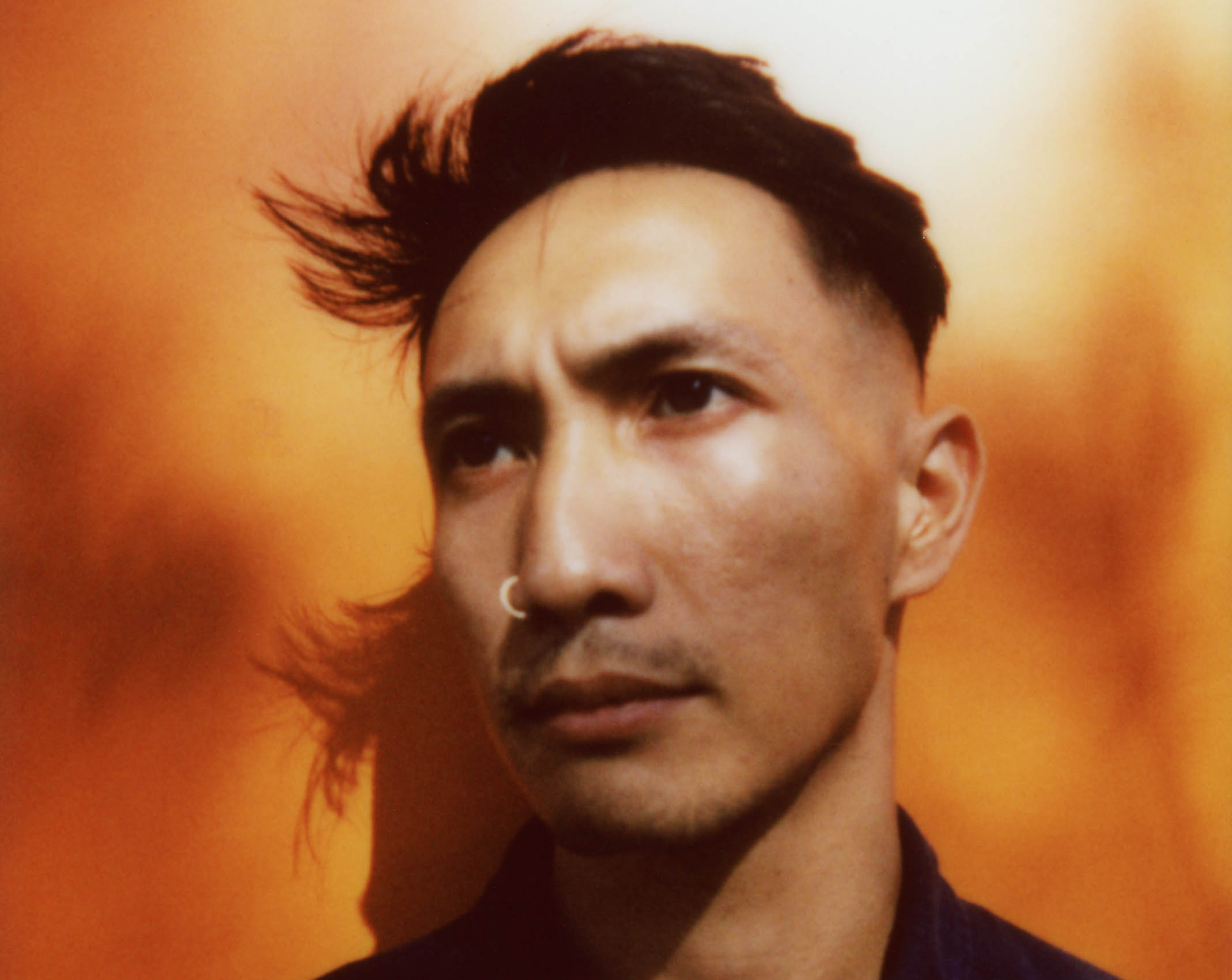 close
close
Karlo Francisco (Graphic Design)
Read more
BEFORE My curiosity and fascination with Cuba started at 16 years old when my sister recommended me to read an extensive biography about Ernesto Guevara titled: Che Guevara: A Revolutionary Life, by Jon Lee Anderson. The book paints a picture of unflinching passion and undying love for people and country. It touched on the cuban revolution and it’s key figures such as Fidel Castro, Che Guevara, Frank Pais, and Jose Antonio Echeverria. It’s a story of people, oppression, and uprising with strong images captured through the lenses of notable photojournalists such as Alberto Korda and Raul Corrales. I was not aware then but the book had a profound influence on me and my interest on social issues and the human condition. The relationship or lack thereof between Cuba and the United States is very unique, well documented, and definitely complicated. I don’t claim to know much about their complex history nor do I assume to understand the cultural differences between both countries. What interests me more is creating a narrative on the interaction between 2 people who hasn’t seen each other for more than 50 years, like old friends catching up on lost time. As designers, we thrive in constraints and limitations, we seek real connections, and we are eager to communicate. This cross-cultural project is such an amazing opportunity for us to see Cuba come to life from the printed pages of the history books to experiencing it first-hand through fresh eyes and an open heart. The moment feels right and the time is absolutely now. AFTER I’ve been fascinated with Cuba for so many years, reading biographies of Che Guevara and histories of the revolution. Spending time in Cuba, I went from romanticism to reality check. The ideals of Fidel are working because, in one way, it was about connecting people to their culture. Humanity is alive and well there. Cubans naturally help neighbors and strangers. There is a genuine feel of belonging and community. But other aspects of the revolution haven’t panned out. They have a crumbling infrastructure. There’s corruption at the top levels. People are restless. The trip made me rethink my values. Human connection seems more palpable these days than material possessions. Things that used to interest me – like PlayStation, cars, etc. – seem irrelevant. I still am a romantic about Cuba, but in a different way. Instead of reading books about Cuba, I have memories – and connections – with real Cuban people.